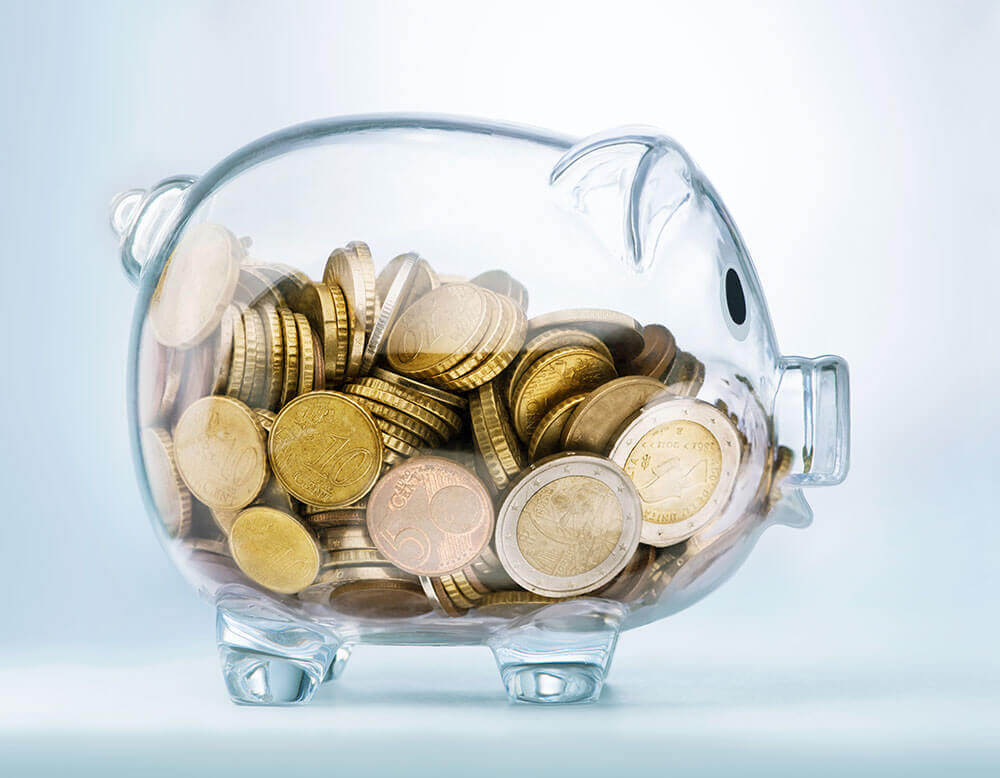
After being cooped up at home for the better part of 2020, travelers around the world are itching to break free from their own four walls to go on a long-awaited trip.
NB: This is an article from Trivago Business Blog
But does that mean they’re willing to pay an arm and a leg for a hotel stay?
As tempting as it is to double (or triple) the price of rooms to make up for lost profits in 2020, price gouging will only backfire and hurt the recovery of one’s hotel business.
The pandemic not only left world economies battered and bruised, but it also hurt travelers’ wallets. And that means they’re going to be more price sensitive (and cautious) than ever in the beginning stage of this new travel era.
Subscribe to our weekly newsletter and stay up to date
In Phocuswright’s Path to Recovery series, just over 40% of the French and nearly 60% of the Italians and Spanish they polled said that travel budgets for this year had decreased.
As the hotel industry begins taking the steps to reinvent itself, hoteliers around the world will need to rethink their pricing strategies to see the quality and profitability of bookings return.
Be smart about your room pricing
Although businesses across industries are in survival mode at the moment, you have to keep in mind that your competitors’ needs to survive may not be the same as yours. So, if they’re setting sky-high room rates, it doesn’t mean that you have to follow suit. After all, you want to attract guests, not put them off.
Your first instinct to set up a pricing strategy is to check your historical data. Despite the wreckage that the pandemic left in its wake, you’d think there were no analytics to work with. Well, not all data is lost.
The ups and downs of 2020 can provide some insights into bookings received and traveler booking behavior. You can also look at your most recent data points from the last 30 days as a benchmark.
And since we’re all happy to leave the past behind, use your rate shopper to check future analytics. A good one will show you how travel demand is developing in your area and a comparison of room rates across partner booking sites.
Add value to your bookings
If you want to set room rates that influence the traveler’s booking decision in a positive direction, you need to consider implementing another approach that it isn’t competitor based. We’re talking about value-based pricing. It’s the method of setting room rates guests are willing to pay based on the perceived value of their stay at your hotel.
Think of this method as the steppingstone to increasing your average daily rate (ADR) and the quality of your business.
How to calculate your ADR:
Average monthly revenue
÷
Number of rooms sold
A nice example of creating perceived value is an appealing packaged deal. Here are a few ideas that can nudge potential guests into booking their stay with you.
- Is your location known for a special season? Design a package around that theme, or even one that celebrates popular holidays and local events.
- If you work with local growers and producers, introduce them and their products to your guests for an evening of in-house tastings.
- Instead of doing away with morning breakfast, why not promote breakfast baskets guests can enjoy in the comforts of their room?
And don’t forget that the upselling and cross-selling of services can also contribute to an increase in your ADR.
In the end, be imaginative and business savvy when designing a valued experience that will matter most to your guests.
Check your hotel’s performance
Once you’ve implemented value-based pricing, you’ll obviously want to find out if the fruits of your labor are paying off.
A natural reflex is to turn to your RevPAR, the comfortable and familiar friend that shows you the relationship between your revenue per room and the total available room inventory. Of course it’s also good at indicating how well you’re filling up rooms and at what price.
However, there’s a drawback to RevPAR. It doesn’t take into account all the revenue your hotel generates plus all the expenses to run it.
It’s time to look beyond RevPAR and meet your new best friend: Gross Operating Profit Per Available Room, but you can just call it GOPPAR.
With GOPPAR, you’ll see that it’ll be easier to know where to cut back on expenses when times are tough, grow your business when your market requires it, and repurpose operations for more profit.
So what’s your hotel’s GOPPAR? Get your calculator out and let’s start calculating!
- Tally up your hotel’s operating expenses and gross revenue (include all streams of income).
- Subtract the total of your operating expenses from your hotel’s gross revenue to determine your gross operating profit.
- Divide your gross operating profit by the total number of available rooms.
Gross Operating Profit
÷
Total number of rooms available
The figure your calculator will show is the profit each room is generating in one year. By using in-depth metrics like GOPPAR, you’ll be on the path towards creating the right performance strategy for your hotel.
Though the pandemic has turned the travel and hospitality industries upside down, it’s presented opportunities to conceptualize new strategies that can benefit hoteliers and guests alike.




